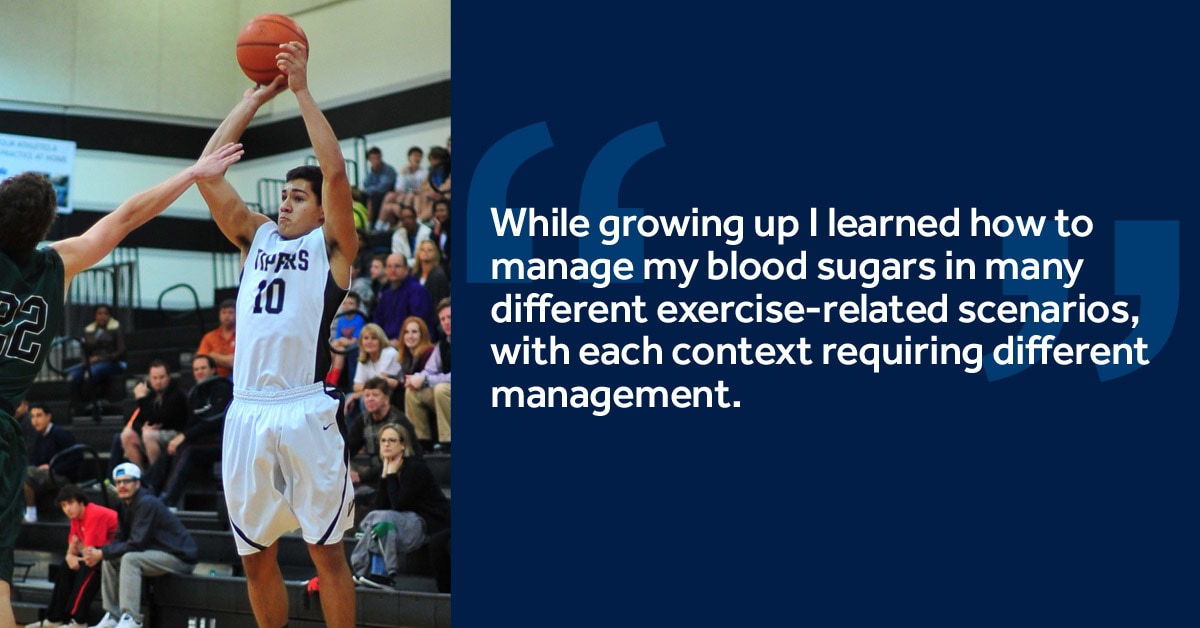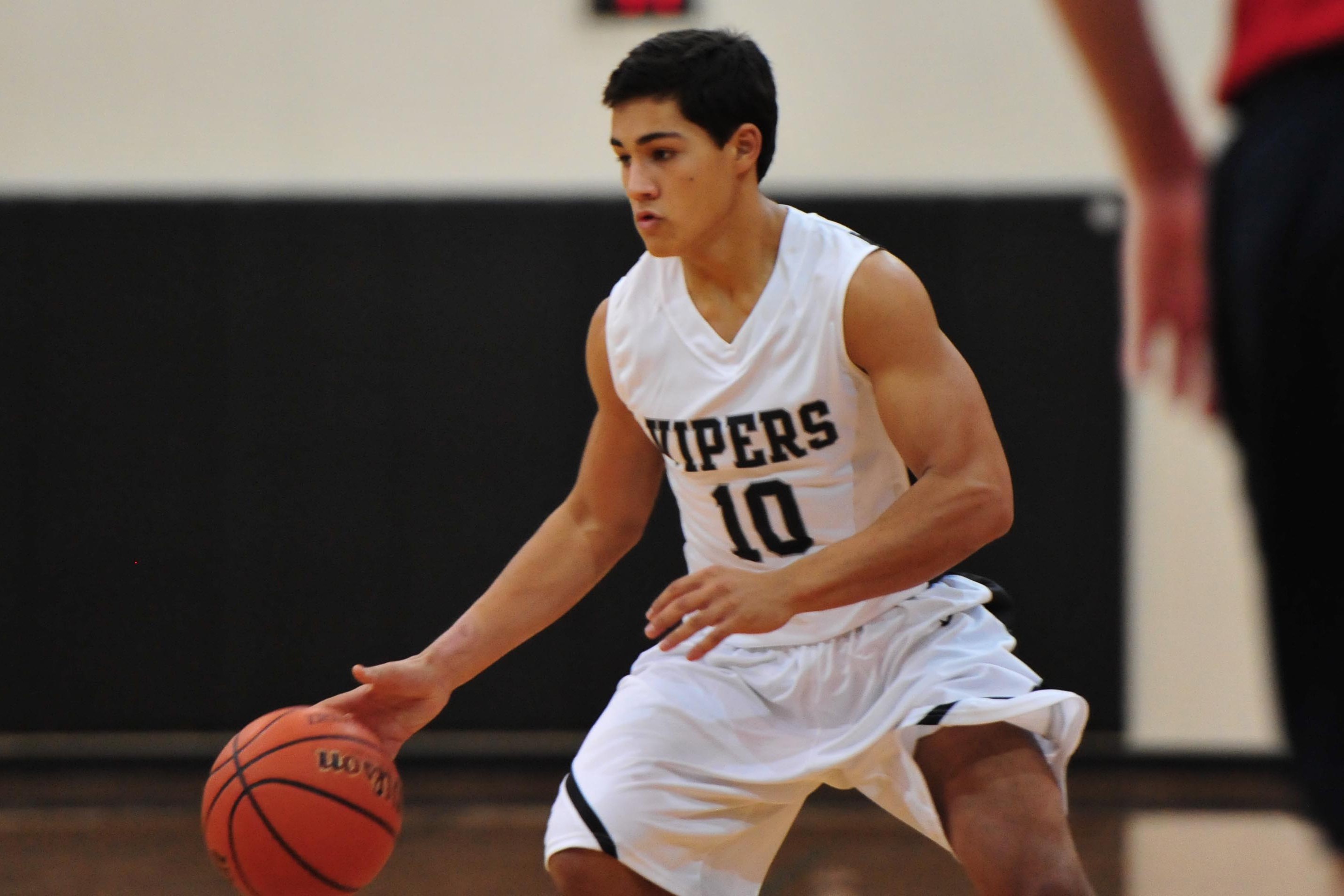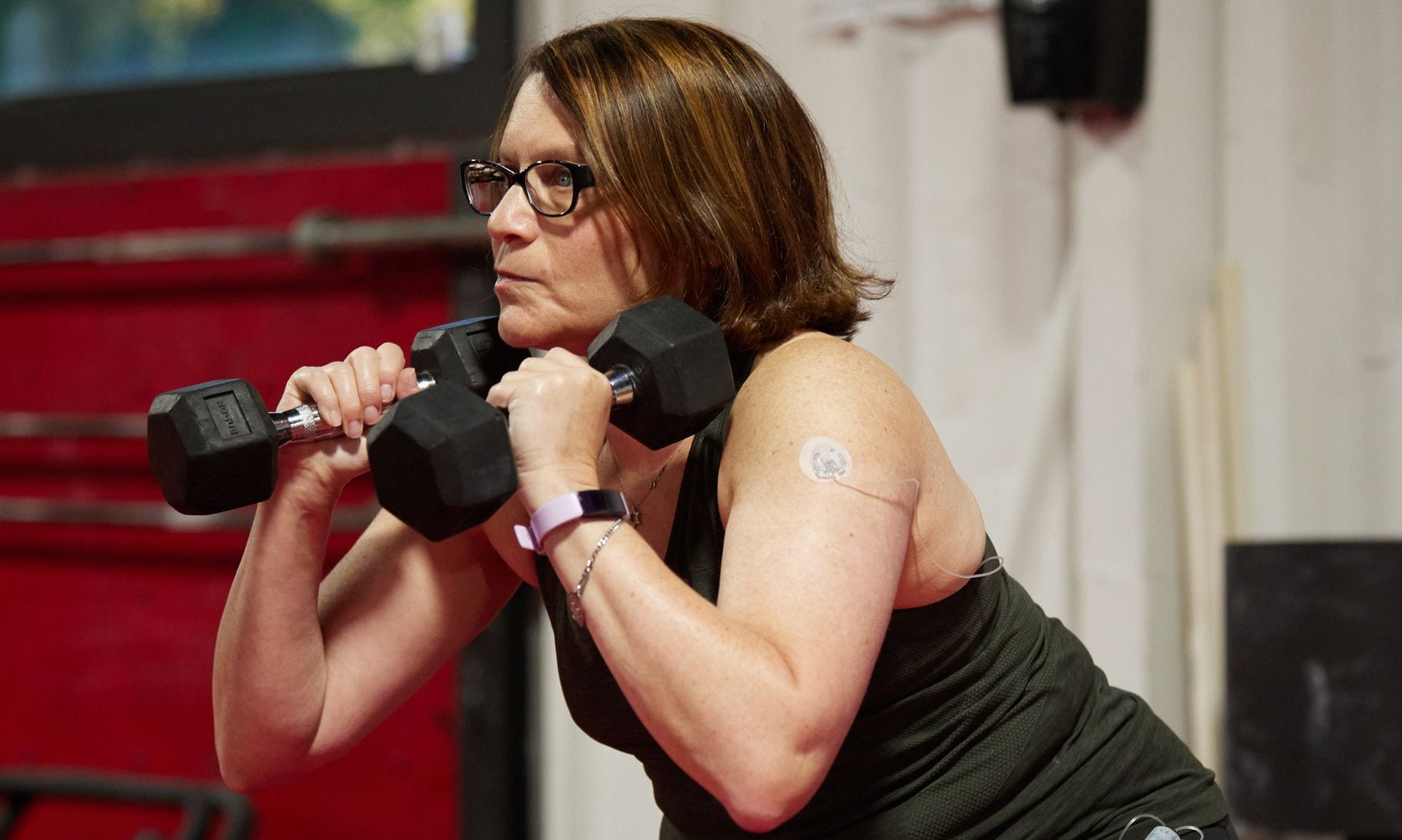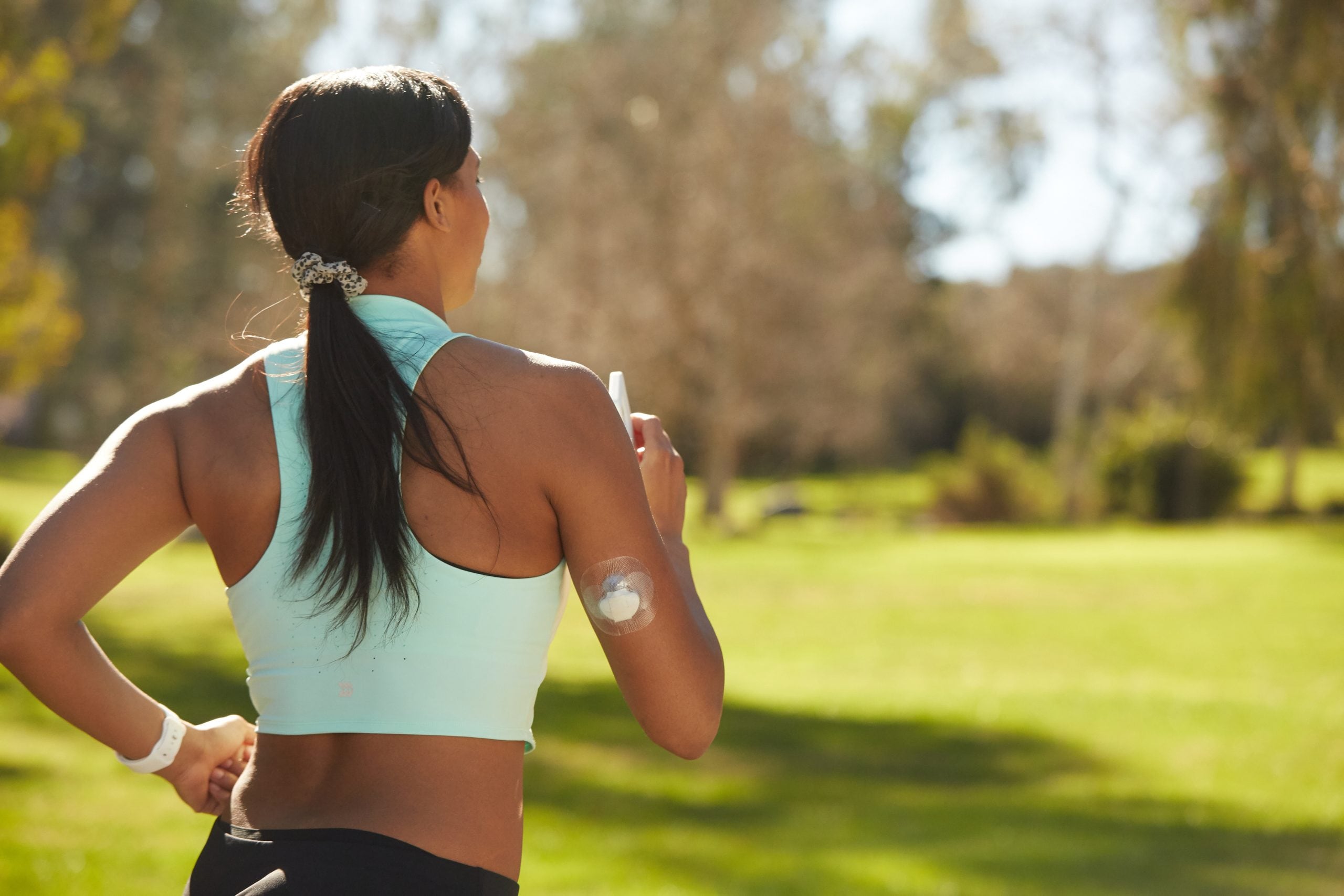Tackling sports and exercise with T1D

You might remember MiniMedTM Ambassador, Chris, from some of his previous blogs. Today, Chris, who uses the MiniMedTM 530G system has some tips about exercising with an insulin pump and how to get the most out of your time playing sports.
Editor’s Note: If you’ve recently transitioned to our MiniMedTM 670G system, note that when you’re in Auto Mode many of these tips won’t apply to you, since the pump will be automatically adjusting your basal insulin for you. For tips on exercising with the MiniMedTM 670G system, visit Nicky’s Q&A here.
When I was first diagnosed with diabetes at age 9 one of the first things I asked my dad was: “Does this mean I can’t play sports anymore?” My parents can tell you that I’ve been passionate about sports and competitive from a very early age. Consequently, when I was diagnosed I was worried that diabetes was going to stop me from doing the things I loved.
After talking with doctors and nurses post-diagnosis, I was relieved to learn that diabetes wouldn’t keep me from competing. Instead, it would just take commitment and responsibility to learn how my body reacts to exercise so I could effectively manage my blood sugars during and after exercise.
Since being diagnosed, sports and exercise have continued to be important parts of my life. In junior high school I played basketball, football, and ran track. In high school I played basketball, and during my freshman year of college I played rugby. Today, I’m a 21 year old college junior, and I still work out regularly, from swimming and lifting weights to playing pickup basketball. While growing up I learned how to manage my blood sugars in many different exercise-related scenarios, with each context requiring different management. I’ll break down my experience and tips in the sections below:
General Tips/Practices
Preparation is the name of the game. Set yourself up for success by going into the workout when your body is most comfortable, and be prepared to handle unfavorable sugar levels:
1. Pre-Workout
Raise target blood sugar – I aim to be around 160-190mg/dl before I start working out, because I usually drop 50-100 points over the course of a 1 hour medium-intensity workout. If I’m below this range before the workout, I will typically eat a power bar or other small snack to sustain me.
Temporary basal rate or pump removal – I often don’t need my basal insulin when working out because the exercise drives my sugar levels down. To prevent lows, consider experimenting with reduced temporary basal rates or removing your pump entirely for the duration of the workout. Editor’s Note: Please confirm your individual adjustments with your healthcare team.
Meal timing – I try to not exercise right after a carb-heavy meal. My body is sensitive to active insulin during exercise, so exercising after a large meal (and thus bolus) is challenging. However, if I do eat something carb-heavy before a workout, I never give a full insulin bolus.
2. During Workout
Backup glucose source – I’ve tried a variety of different sugar sources to keep my blood sugar up while I exercise, but my top choices are glucose tablets or a sports hydration drink like Gatorade. I keep these types of sugar on hand in case my blood sugar dips low or starts dropping rapidly.
3. Post-Workout
Eat a snack – This helps restore energy burned during the workout and aids in preventing lows. I often eat a small snack (~15g) after my workout (without dosing).
Temporary basal rate – If I do a LOT of exercise over the course of the day (like 3+ games of a basketball tournament), I will set a temporary basal (~50-75%) for the first few hours of the night when I go to bed.
Other Specific Challenges:
1. The Adrenaline Factor
I see a notable difference between my blood sugar trends during practice versus games due to adrenaline.  During practice, my blood sugars are usually relatively stable and adhere to the trends outlined above. However, I find myself occasionally having to give insulin in games due to seemingly random blood sugar spikes. My best explanation for this is my body’s hormonal response to getting excited before or during competition. Be prepared for this, just in case your blood sugar starts to rise during game time!
During practice, my blood sugars are usually relatively stable and adhere to the trends outlined above. However, I find myself occasionally having to give insulin in games due to seemingly random blood sugar spikes. My best explanation for this is my body’s hormonal response to getting excited before or during competition. Be prepared for this, just in case your blood sugar starts to rise during game time!
2. Postgame Plunge
This was mentioned briefly before, but after long days of intense cardiovascular exercise (usually long runs, tournaments, etc.), my blood sugar will continue to drop into the night due to extended recovery. Personally, the best response has been to use reduced temporary basal rates that run into the night. There is no universal formula for this, so it might take some time to learn the best method for your body.
3. Pump-site Protection
Remember to protect your pump and pump-site as much as possible when exercising! When playing  basketball, I always remove my pump so that a defender doesn’t accidentally grab the tubing. When I played football/rugby I removed my pump and incorporated extra protection for the site. I wore my site on the top of my legs, covered it with an ~1/4 inch foam padding and wrapped it with athletic tape.
basketball, I always remove my pump so that a defender doesn’t accidentally grab the tubing. When I played football/rugby I removed my pump and incorporated extra protection for the site. I wore my site on the top of my legs, covered it with an ~1/4 inch foam padding and wrapped it with athletic tape.
Remember that even with extra protection, your pump site might still occasionally get ripped off (especially during contact sports). Be prepared for this by always having backup insulin in the form of injections and extra pump sites (and possibly a small cooler to keep the insulin cool if you’re outside)!
As a closing note, it’s important to mention that (like everything T1D related) everyone’s body is different, and each of us will react differently to exercise and insulin. These tips are specific to my body, so don’t take any of them as a law!
Editor’s Note: Please make sure to consult with your healthcare provider when making adjustments to your diabetes needs and individual exercise routines.
Important Safety Information
The Medtronic MiniMed 670G system is intended for continuous delivery of basal insulin (at user selectable rates) and administration of insulin boluses (in user selectable amounts) for the management of type 1 diabetes mellitus in persons, fourteen years of age and older, requiring insulin as well as for the continuous monitoring and trending of glucose levels in the fluid under the skin. The MiniMed 670G system includes SmartGuard technology, which can be programmed to automatically adjust delivery of basal insulin based on continuous glucose monitor sensor glucose values, and can suspend delivery of insulin when the sensor glucose value falls below or is predicted to fall below predefined threshold values. The system requires a prescription. The Guardian Sensor (3) glucose values are not intended to be used directly for making therapy adjustments, but rather to provide an indication of when a fingerstick may be required. A confirmatory finger stick test via the CONTOUR®NEXT LINK 2.4 blood glucose meter is required prior to making adjustments to diabetes therapy. All therapy adjustments should be based on measurements obtained using the CONTOUR®NEXT LINK 2.4 blood glucose meter and not on values provided by the Guardian Sensor (3). Always check the pump display to ensure the glucose result shown agrees with the glucose results shown on the CONTOUR®NEXT LINK 2.4 blood glucose meter. Do not calibrate your CGM device or calculate a bolus using a blood glucose meter result taken from an alternative site (palm) or from a control solution test. Do not calibrate your CGM device when sensor or blood glucose values are changing rapidly, e.g., following a meal or physical exercise. If a control solution test is out of range, please note that the result may be transmitted to your pump when in the “Always” send mode.
WARNING: Medtronic performed an evaluation of the MiniMed 670G system and determined that it may not be safe for use in children under the age of 7 because of the way that the system is designed and the daily insulin requirements. Therefore, this device should not be used in anyone under the age of 7 years old. This device should also not be used in patients who require less than a total daily insulin dose of 8 units per day, because the device requires a minimum of 8 units per day to operate safely.
Only use rapid acting U100 insulin with this system. Pump therapy is not recommended for people whose vision or hearing does not allow recognition of pump signals and alarms. Pump therapy is not recommended for people who are unwilling or unable to maintain contact with their healthcare professional. The safety of the MiniMed 670G system has not been studied in pregnant women. For complete details, including product and important safety information concerning the system and its components, please consult http://www.medtronicdiabetes.com/important-safety-information#minimed-670g and the appropriate user guide at http://www.medtronicdiabetes.com/download-library



